Puerto Rico's Hurricane Maria death toll climbs to 64, as FEMA assistance tops $1 billion
FEMA also announced that its assistance has topped $1 billion.
— -- Puerto Rico's official death toll from Hurricane Maria -- which slammed into the U.S. territory September 20 as a Category 4 storm -- has risen to 64, the island's Department of Public Safety (DPS) announced Saturday.
The announcement came the same day that the Federal Emergency Management Agency said federal assistance in Puerto Rico has topped $1 billion.
The death toll increased after the government on Saturday attributed two additional deaths to the storm.
"These deaths that are certified today as indirect deaths related to Hurricane Maria are the result of investigations into cases that have been brought to our consideration," DPS secretary Hector M. Pesquera said in a statement.
The official death toll remains heavily scrutinized by critics, though, who believe the figure is significantly higher.
The New York Times on Friday published a review it conducted of daily mortality data from Puerto Rico’s vital statistics bureau. It discovered that 1,052 more people than usual died on the island following Hurricane Maria’s landfall. It's figures like this, in addition to reports that there was an increase in cremations and of bodies at morgues, which have many people questioning the official death toll.
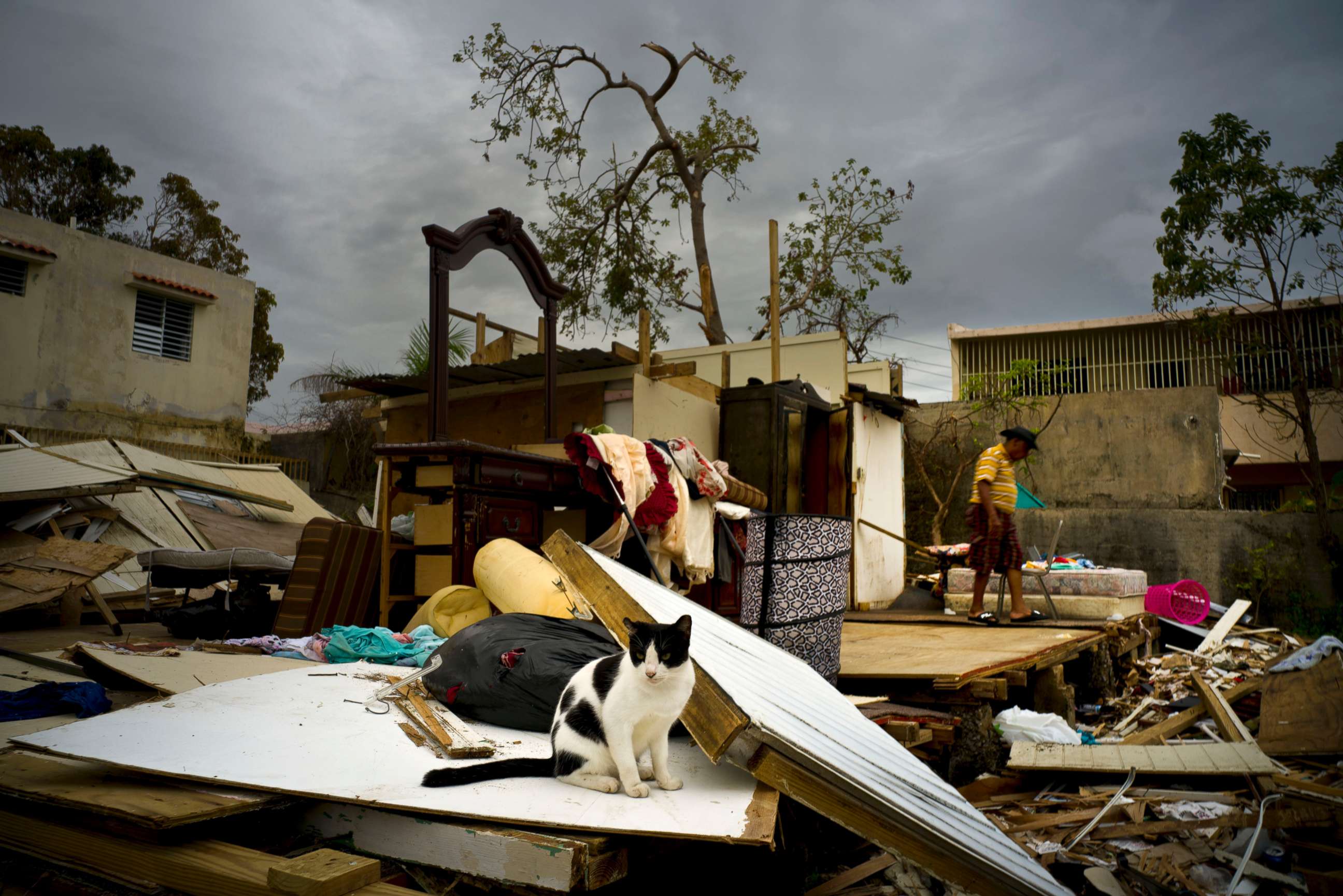
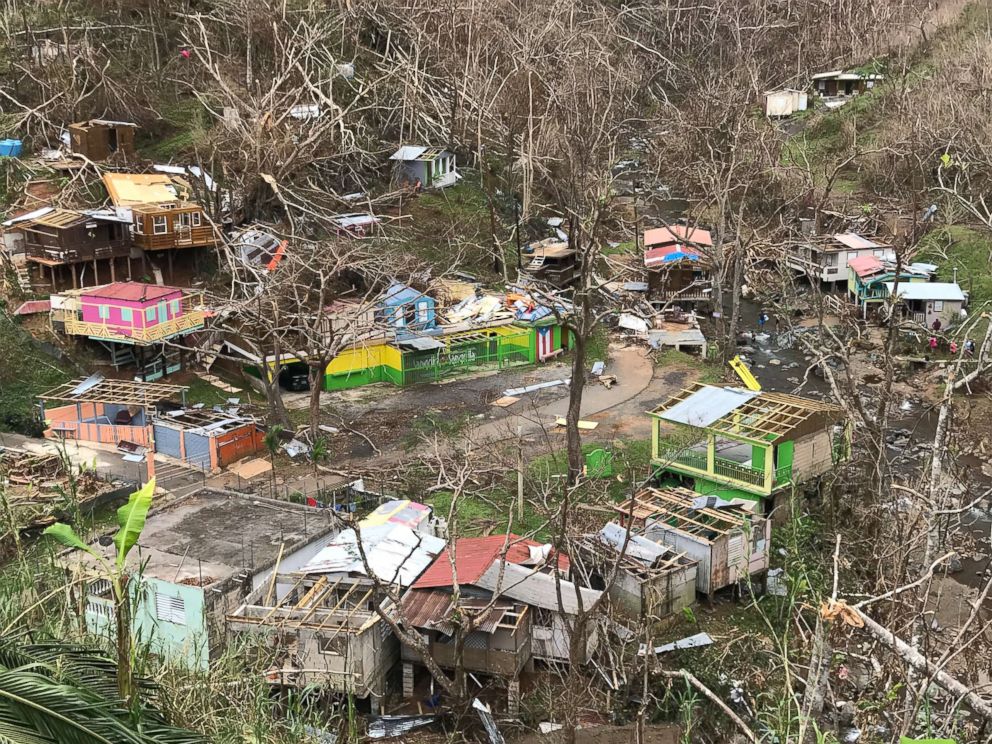
One of the two deaths certified Saturday occurred in Orocovis, located in the interior Central Mountain Range, the DPS said.
"The person died the day of the hurricane and the body did not pass through the Department of Forensic Sciences (NCF), because a doctor in the death certificate certified as natural his death," according to the DPS statement. "The deceased had multiple health conditions and relied on an oxygen machine. In the early hours of the day of the hurricane, the power went out in the residence and when the relatives went to see the person they found him dead."
The statement continued, "In a review of the case by the NCF and by the interview with the relatives, it was determined that the death is indirectly related to the hurricane."

The other death was reported in Morovis, located in the island's central region. The individual died the day the hurricane hit the island, according to the DPS. A doctor initially certified the death as natural on the death certificate, but the NCF said it later evaluated the documentation to authorize the cremation requested by the family members.
"The person had health problems, but suffered complications during the day of the hurricane," reads the statement. "Due to the inclement weather conditions, the ambulance took a long time to reach the residence. This death is added as indirectly related to the hurricane."
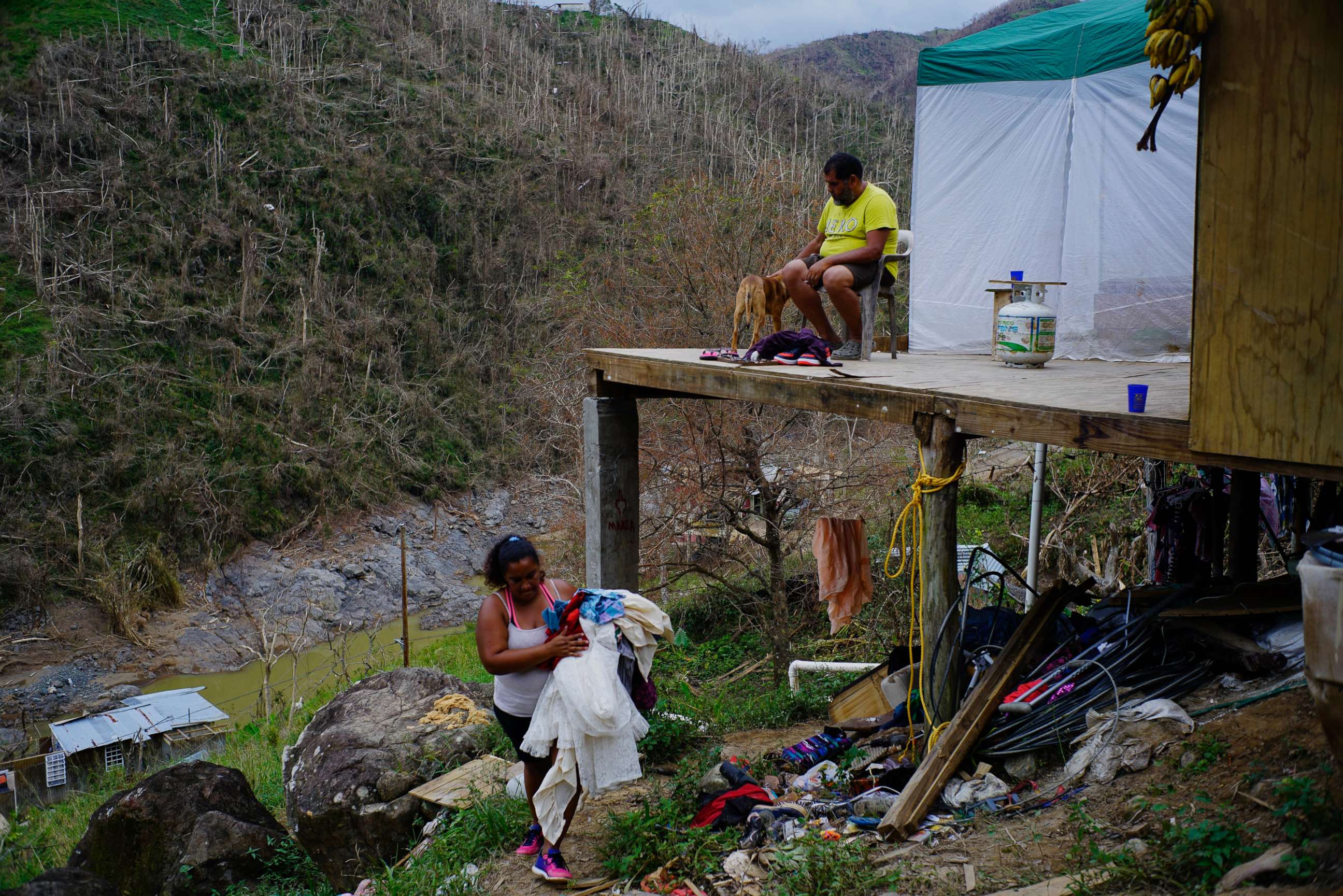
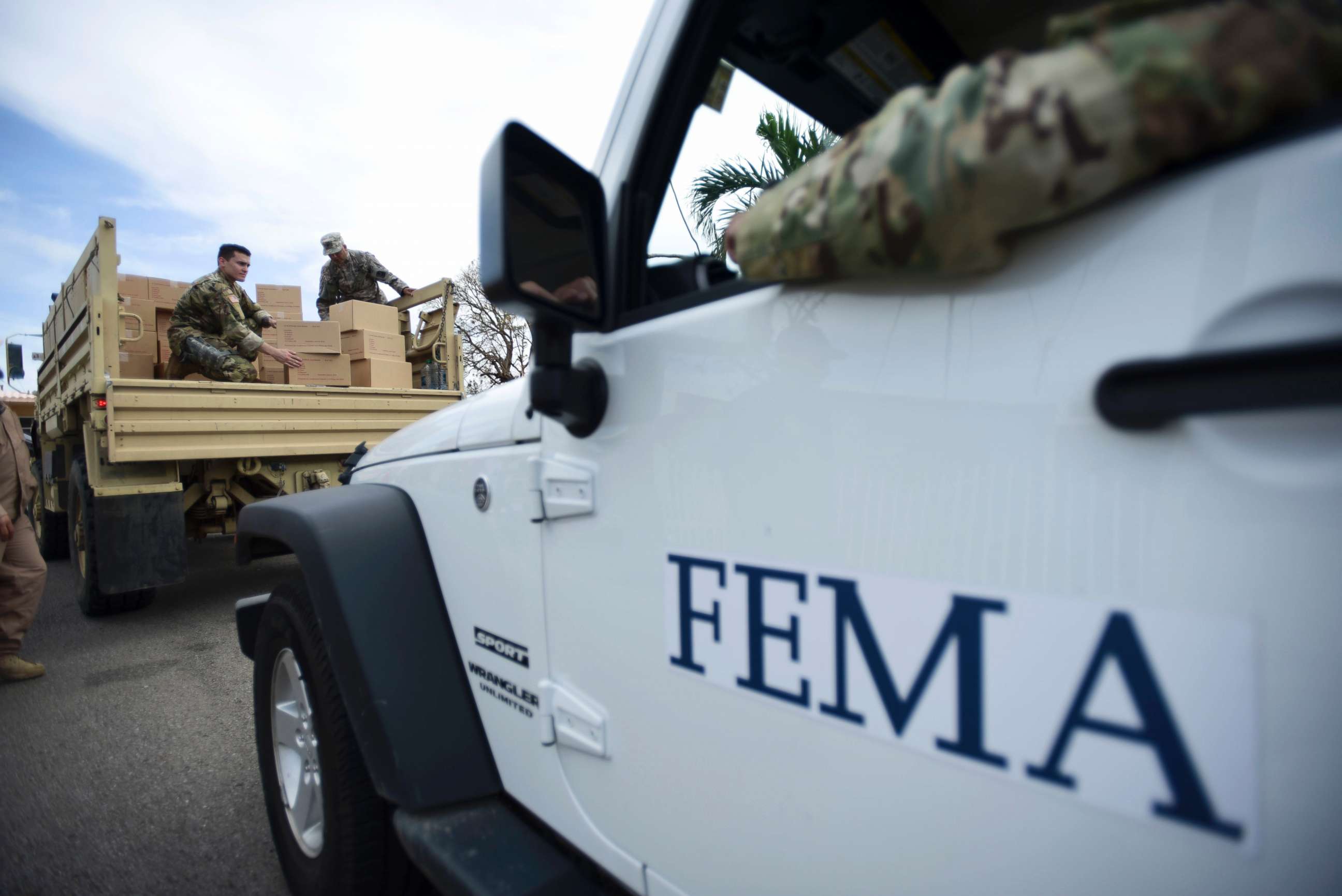
Also on Saturday, FEMA said federal assistance to Puerto Rico as a result of Hurricanes Irma and Maria has topped $1 billion.
FEMA said more than a million Puerto Rican residents registered for FEMA assistance. FEMA also said it has provided funds to more than 366,000 families in Puerto Rico including:
- More than $259 million in financial assistance for rental, repair or to rebuild residences
-More than $251 million for grants to repair or replace damaged personal property or to pay for disaster-related necessary expenses and other serious needs.
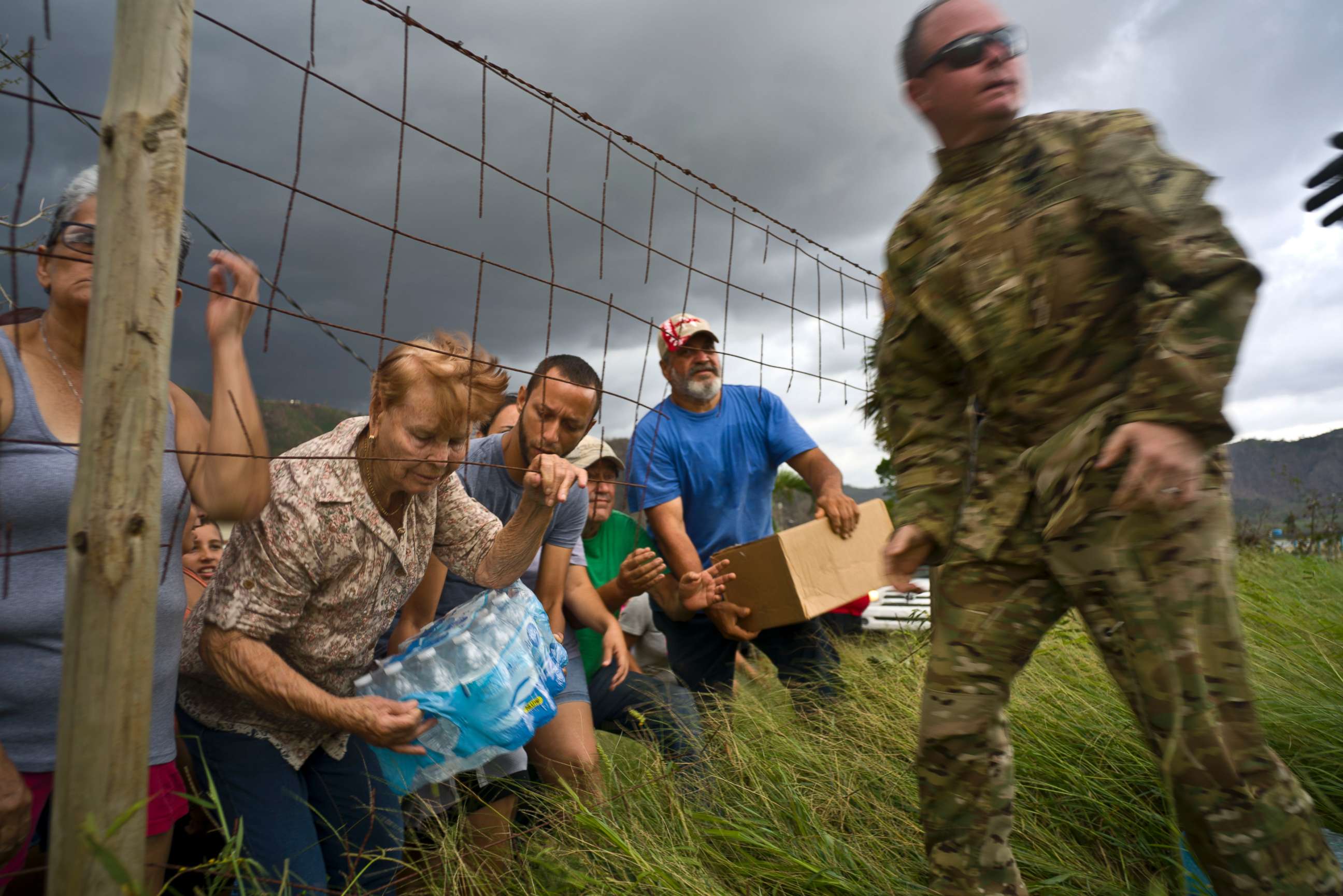
Other FEMA assistance provided also includes:
-More than $39 million of low-interest disaster loans provided to more than 880 survivors and 50 business owners through the U.S. Small Business Administration
-More than $58,000 approved for Disaster Unemployment Assistance to 12,000 residents
-More than 19,000 Blue Roofs installed
-More than $1 million in flood insurance claims
In addition, more than $470 million has been obligated in FEMA Public Assistance grants to provide emergency generators for critical facilities, and to reimburse municipalities for debris removal and other necessary government expenses related to "life-safety missions."
Puerto Rico's electrical grid remains problematic: Its electrical grid generation took a hit Friday into Saturday, dropping nearly twenty percent to just 49 percent, according to the Puerto Rico Power Energy Authority (PREPA). That figure later increased to 56.6 percent. PREPA said Friday that the electrical grid was generating 68 percent of its capabilities.
PREPA spokesman Carlos Monroig told ABC News Saturday night that the generation number is “dynamic and changeable.” Monroig said the generation fluctuated based on time, weather, and the use of power by government, residential, commercial and industrial spaces.




